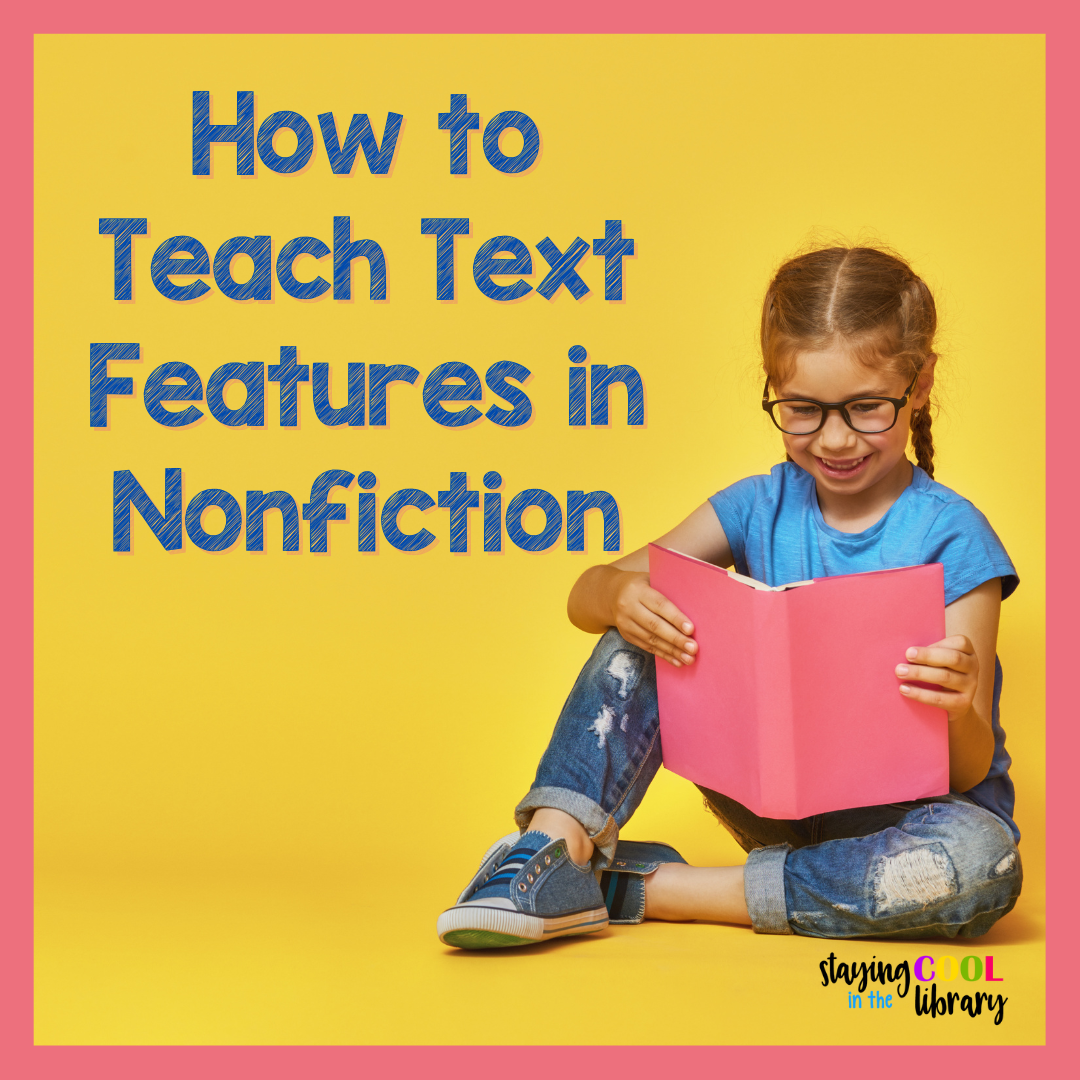When I became a librarian, I scoured every nook and cranny for resources that would not only impact but also add a dash of excitement to the reading experience for my readers. The goal? To make our library a place of anticipation and joy with each visit. I also wanted to support my fellow classroom teachers by providing resources, that aligned with the skills they practiced in their classrooms. However, I had a hard time finding tools that fit my needs. That’s how my free resource library came to be! As I navigated the ropes of being a school librarian, I started creating special resources to fill the gaps. These resources can all be found in one convenient place – my Free Resource Library! Join me by signing up for my free resource library, where you can discover a treasure trove of materials that have enriched my journey. You’ll













